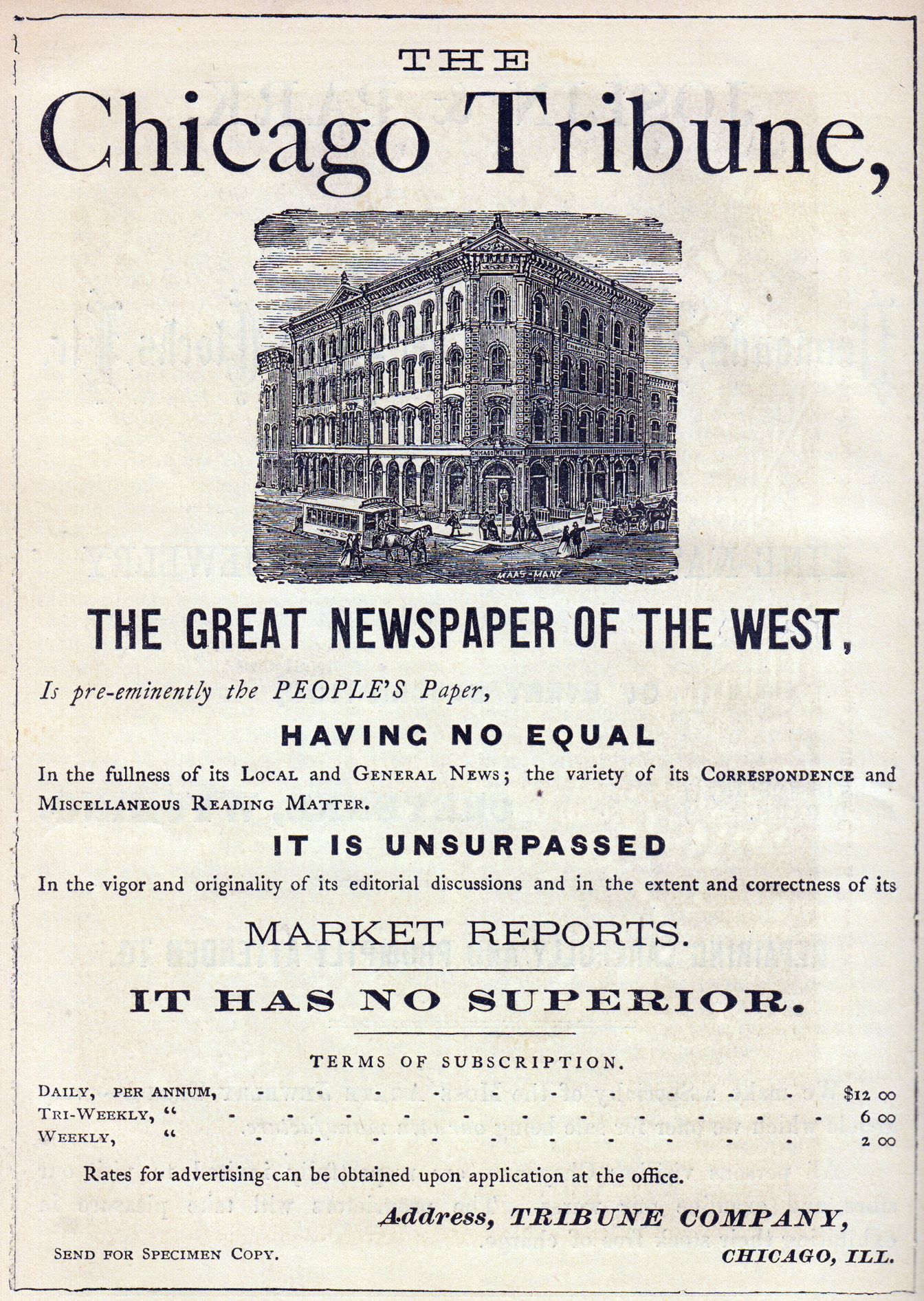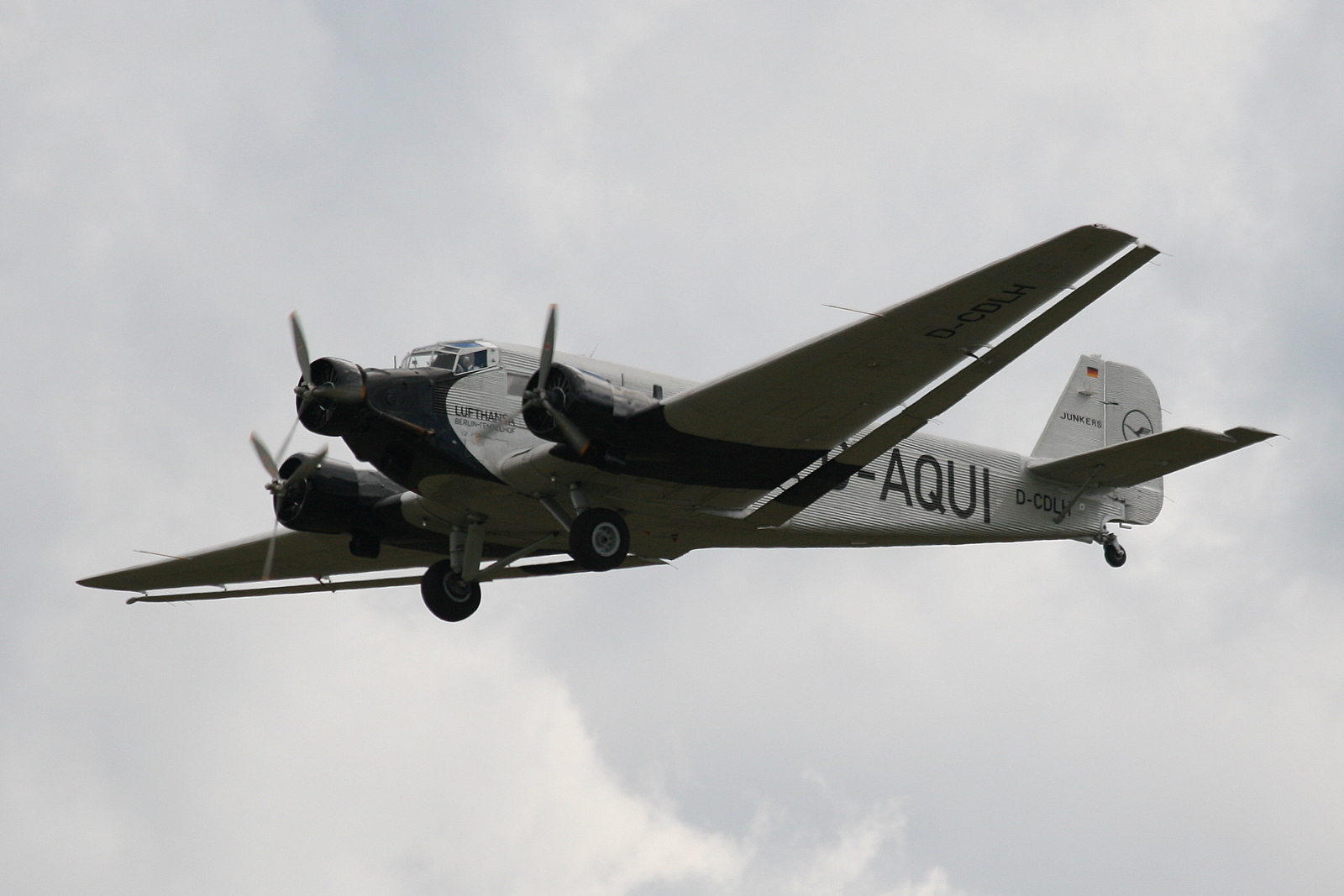|
Massacre Of Badajoz
The Badajoz massacre occurred in the days after the Battle of Badajoz during the Spanish Civil War. Between 500F. Pilo, M. Domínguez y F. de la Iglesia. La matanza de Badajoz. Madrid. Libros Libres. 2010. p. 254 and 4,000 civilian and military supporters of the Second Spanish Republic were killed by the Nationalist forces after the seizure of the town of Badajoz on August 14, 1936. Background The situation in Extremadura had been extremely tense for several months before the civil war commenced on July 17, 1936. The Republican government had passed the Agrarian Reform Law, which gave peasant farmers, who were more than 50% of the active population, the right to become owners of the land that they worked. That resulted in major confrontations between the farmers and the region's major landowners. In March 1936, labourers in the Badajoz region attempted to accelerate the implementation of the law by invading and occupying the farmlands in question. In the aftermath of the Nat ... [...More Info...] [...Related Items...] OR: [Wikipedia] [Google] [Baidu] |
Battle Of Badajoz (1936)
The Battle of Badajoz was one of the first major engagements of the Spanish Civil War, resulting in a tactical and strategic Nationalist victory, however at a significant cost in time and troops. After several days of shelling and bombardment, Nationalists stormed the fortified border city of Badajoz on August 14, 1936, cutting off the Spanish Republic from neighbouring Portugal and linking the northern and southern zones of Nationalist control (although actual contact with General Emilio Mola's northern troops was not established until September 8). Strategic situation The Spanish Civil War had begun on July 19, 1936, after a half-failed ''coup d'état'': the rebels had not managed to take power, but the Republic could not crush them either. This left rebel forces in control of only approximately a third of the country. José Sanjurjo died in a plane crash on the 20th of July, only three days into the war. Emilio Mola had control of the North, while Francisco Franco took care of ... [...More Info...] [...Related Items...] OR: [Wikipedia] [Google] [Baidu] |
Emilio Mola
Emilio Mola y Vidal, 1st Duke of Mola, Grandee of Spain (9 July 1887 – 3 June 1937) was one of the three leaders of the Nationalist coup of July 1936, which started the Spanish Civil War. After the death of Sanjurjo on 20 July 1936, Mola commanded the Nationalists in the north of Spain, while Franco operated in the south. Attempting to take Madrid with his four columns, Mola praised local Nationalist sympathizers within the city as a " fifth column" - possibly the first use of that phrase. He died in an air crash in bad weather, leaving Franco as the pre-eminent Nationalist leader for the rest of the war. Sabotage, though suspected, has never been proven. Early life and career Mola was born in Placetas, Cuba, at that time an overseas Spanish province, where his father, an army officer, was stationed. The Cuban War of Independence split his family; while his father served in the Spanish forces, his maternal uncle Leoncio Vidal was a leading revolutionary fighte ... [...More Info...] [...Related Items...] OR: [Wikipedia] [Google] [Baidu] |
Jay Allen
Jay Cooke Allen Jr. (Seattle, 7 July 1900 Carmel, 20 December 1972) was an American journalist. He worked mostly for the ''Chicago Tribune'', though his contributions appeared also in many other US newspapers, especially between the mid-1920s and the mid-1930s. He is known mostly as a foreign correspondent active during the Spanish Civil War; his interview with Francisco Franco, report from Badajoz and interview with José Antonio Primo de Rivera are at times considered 3 most important journalistic accounts of the conflict and made enormous impact around the globe. His work as war correspondent is extremely controversial: some consider him a model of impartial, investigative journalism, and some think his work an examplary case of ideologically-motivated manipulation and fake news. Early career (before 1936) Infancy and youth His father Jay Cooke Allen (1868-1948) was born in Kentucky but he settled in Seattle and practiced as an attorney; his mother Jeanne Maud Lynch (1876-190 ... [...More Info...] [...Related Items...] OR: [Wikipedia] [Google] [Baidu] |
Chicago Tribune
The ''Chicago Tribune'' is a daily newspaper based in Chicago, Illinois, United States, owned by Tribune Publishing. Founded in 1847, and formerly self-styled as the "World's Greatest Newspaper" (a slogan for which WGN radio and television are named), it remains the most-read daily newspaper in the Chicago metropolitan area and the Great Lakes region. It had the sixth-highest circulation for American newspapers in 2017. In the 1850s, under Joseph Medill, the ''Chicago Tribune'' became closely associated with the Illinois politician Abraham Lincoln, and the Republican Party's progressive wing. In the 20th century under Medill's grandson, Robert R. McCormick, it achieved a reputation as a crusading paper with a decidedly more American-conservative anti-New Deal outlook, and its writing reached other markets through family and corporate relationships at the ''New York Daily News'' and the ''Washington Times-Herald.'' The 1960s saw its corporate parent owner, Tribune Company, rea ... [...More Info...] [...Related Items...] OR: [Wikipedia] [Google] [Baidu] |
Diário De Lisboa
The ''Diário de Lisboa'' was a daily evening newspaper published in the Portuguese capital of Lisbon between 1921 and 1990. History The newspaper was founded on 7 April 1921 by Joaquim Manso, who ran it until he died in 1956. He was succeeded by Norberto Lopes between 1956 and 1967. It was published for the last time in 1990, when Mário Mesquita was the director. The company was owned by ''Renascença Gráfica'' and was edited in Rua Luz Soriano (Luz Soriano Street) in Lisbon. Since 2009, 500 copies of one annual issue have been printed in order to protect the rights to the ''Diário de Lisboa'' title.* Contributors Published throughout the lifetime of the '' Estado Novo'' dictatorship, when censorship was common, the ''Diário de Lisboa'' took more risks than most other papers and provided an outlet for some views considered controversial by the regime. It stands out, in the context of the Portuguese press at the time, for the independence of its opinions and for its literary ... [...More Info...] [...Related Items...] OR: [Wikipedia] [Google] [Baidu] |
Le Figaro
''Le Figaro'' () is a French daily morning newspaper founded in 1826. It is headquartered on Boulevard Haussmann in the 9th arrondissement of Paris. The oldest national newspaper in France, ''Le Figaro'' is one of three French newspapers of record, along with ''Le Monde'' and ''Libération''. It was named after Figaro, a character in a play by polymath Beaumarchais (1732–1799); one of his lines became the paper's motto: "''Sans la liberté de blâmer, il n'est point d'éloge flatteur''" ("Without the freedom to criticise, there is no flattering praise"). With a centre-right editorial line, it is the largest national newspaper in France, ahead of ''Le Parisien'' and ''Le Monde''. In 2019, the paper had an average circulation of 321,116 copies per issue. The paper is published in Berliner format. Since 2012 its editor (''directeur de la rédaction'') has been Alexis Brézet. The newspaper has been owned by Dassault Group since 2004. Other Groupe Figaro publications include ''Le ... [...More Info...] [...Related Items...] OR: [Wikipedia] [Google] [Baidu] |
Le Temps
''Le Temps'' (literally "The Time") is a Swiss French-language daily newspaper published in Berliner format in Geneva by Le Temps SA. It is the sole nationwide French-language non-specialised daily newspaper of Switzerland. Since 2021, it has been owned by Fondation Aventinus, a not-for-profit organisation. According to the Research Department on Public Opinion and Society (FÖG) of the University of Zurich, it is of "high quality". History and profile First published on 18 March 1998, it is the result of the merger of three major newspapers from the Lake Geneva region: the '' Journal de Genève'', ''Gazette de Lausanne'' and '' Le Nouveau Quotidien.'' Previously owned by Ringier, it has been majority-owned by the not-for-profit Fondation Aventinus (95.5%). The remaining shares are held by the Groupe Le Monde (2.1%) and the employee-owned Société des rédacteurs et du personnel du Temps SA (2.4%). , the newspaper had around 120 employees, spread across newsrooms in Geneva ... [...More Info...] [...Related Items...] OR: [Wikipedia] [Google] [Baidu] |
Le Populaire
''Le Populaire'' is a major independent daily newspaper in Senegal.Senegal Country Commercial Guide 2008 . U.S. Commercial Service
The United States Commercial Service (CS) is the trade promotion arm of the U.S. Department of Commerce's International Trade Administration. CS is a part of the U.S. Foreign Service and its commercial officers are diplomats. The CS global netwo ... (2008).
References Newspapers published in Senegal[...More Info...] [...Related Items...] OR: [Wikipedia] [Google] [Baidu] |
Bullring
A bullring is an arena where bullfighting is performed. Bullrings are often associated with the Iberian Peninsula, but they can also be found through Iberian America and in a few Spanish and Portuguese ex-colonies in Africa. Bullrings are often historic and culturally significant centres that bear many structural similarities to the Ancient Rome, Roman amphitheatre. Common structure The classic bullring is an enclosed, roughly circular amphitheatre with tiered rows of stands that surround an open central space. The open space forms the arena or ''ruedo'', a field of densely packed crushed rock (''albero'') that is the stage for the bullfight. Also on the ground level, the central arena is surrounded by a staging area where the bullfighters prepare and take refuge, called the ''callejón'' (alley). The ''callejón'' is separated from the arena by a wall or other structure, usually made of wood and roughly 140 cm high. The partition wall has doors for the entrance and e ... [...More Info...] [...Related Items...] OR: [Wikipedia] [Google] [Baidu] |
Ildefonso Puigdendolas
Colonel Ildefonso Puigdendolas Ponce de Leon (1876, in Girona – 31 October 1936, near Illescas) was a Spanish military officer who served the Republic during the Spanish Civil War. In 1931 he was colonel of Infantry in Seville as inspector of the security corps. In 1934 he was appointed to Malaga. In July 1936 he defeated the rebels forces at Alcala de Henares and Guadalajara. After that, he commanded the Loyalist militia at the Battle of Badajoz in 1936. After the battle of Badajoz he escaped to Portugal and returned to the zone controlled by the Spanish Republican Army The Spanish Republican Army ( es, Ejército de la República Española) was the main branch of the Armed Forces of the Second Spanish Republic between 1931 and 1939. It became known as People's Army of the Republic (''Ejército Popular de la Rep� .... During the battle of Seseña Puigdendolas was killed by his own men when trying to prevent desertion. Notes References * Espinosa, Francisco. ... [...More Info...] [...Related Items...] OR: [Wikipedia] [Google] [Baidu] |
Junkers Ju 52
The Junkers Ju 52/3m (nicknamed ''Tante Ju'' ("Aunt Ju") and ''Iron Annie'') is a transport aircraft that was designed and manufactured by German aviation company Junkers. Development of the Ju 52 commenced during 1930, headed by German Aerospace engineering, aeronautical engineer Ernst Zindel. The aircraft's design incorporated a wikt:corrugated, corrugated duralumin metal skin as a strengthening measure, which was very unusual at the time. The Ju 52's maiden flight was performed on 13 October 1930. It was initially designed with a single engine, however, it was produced in quantity as a trimotor. The primary early production model, the ''Ju 52/3m'', was principally operated as a 17-seat airliner or utility transport aircraft by various civil operators during the 1930s. Following the rise of Nazi Germany, thousands of Ju 52s were procured as a staple military transport of the nation. The ''Ju 52/3mg7e'' was the principal production model. The Ju 52 was in production between 1 ... [...More Info...] [...Related Items...] OR: [Wikipedia] [Google] [Baidu] |
.jpg)



